Things to do in Puglia, Italy: a photo guide to Italy’s dazzling heel
There are countless reasons Italy has become my favourite country to travel, and the diversity between the North and South is the prime one. Puglia, sitting in the ‘heel’ of Italy’s boot feels a world away from the famous tourist city’s such as Rome, Milan or Venice, and provides an entirely different holiday destination to the North of the country.
It’s more than just geography that provides a change of scenery; historical and economic differences are defined, from the food (olive oil v’s butter) to the architecture. Italy is one of the most visited countries in the world, but somewhat surprisingly the North still takes the bulk of the share of tourists.
But if you are looking for what many would call a more ‘authentic’ Italian experience, then you can’t go wrong with Puglia. With more and more international flights to Bari and Brindisi airports cropping up, it has also never been easier to visit.
As a visitor, this dazzling region of Italy could keep you entertained for weeks, if not months, with a seemingly never-ending list of things to do in Puglia.
Gentle cerulean waters lap at rocky beaches and contrast with dramatic rocky coastlines crowned with lighthouses. Grandmas hand-cut orecchiette pasta on squares in Bari, and Buratta, an extra creamy type of Mozzarella, hails from the region.
Olive tree-filled valleys littered with UNESCO listed conical white buildings are broken up by white-washed towns lifted straight from a postcard. In the Foggia mountains, a slower pace of life takes place in hill-top towns where locals meet on squares to share stories and coffee.
Puglia as a region offers something for everyone; and if you are like me, you’ll want to try everything it offers!
Here is a list of must-visit places in Puglia, and the top things to do in Puglia to help you plan your trip, tried and tested by yours truly.
The Trulli part of the town is surrounded by a more modern, contemporary setting of typical shops and restaurants. In the historic centre, you can see a split between the more touristed side, where little shops and restaurants live in most the Trulli, and across where they are more residential.
It’s incredible to think these low ceiling buildings are actual homes, and there are some you can venture in to see the set-up of how they were traditionally lived in. There are a few stories about why the Trulli became so popular, and the tax one due to not being permanent structures seems the most likely to me.
If you are looking for the quintessential Puglian sleeping place, then you can actually book into more modern and upgraded conical style Trulli accommodation here in the valley. Many of these are set amongst ancient Olive Trees and with swimming pools to escape the summer heat.
Towns such as Sant’Agata di Puglia aren’t the kind of places you come to tick off a long list of must-visit attractions, but rather to relax into an authentic pace of life.
On the square, bordered by a few cafes, locals sit on benches and plastic chairs drinking espressos or beers and catching up. Small restaurants serve up traditional Cucina Povera, the peasant food of Southern Italy; an unfortunate name for such delicious cuisine, which may be simple in ingredients but not taste. Behind closed doors of the town, of which young and passionate archaeological staff hold the keys, old watermills and ancient underground wine cellars hide.
Ostuni
The ‘white city’ of Puglia, Ostuni gracefully grows up from its prime position slightly inland from the coast, and the drive towards the white-washed exterior gives you some stunning viewpoints to admire it from.
Given the location of Ostuni and the number of things to do here, it would make quite an excellent base for exploring Puglia from if you don’t want to stay on the coast.
The historical centre is dreamy, a running theme in Puglia, and you’ll be blown away the second you step through an old medieval gate into the centre. A mix of Gothic, Byzantine and Roman elements are combined in the Cathedral, while the labyrinth of alleyways brings never-ending photo opportunities.
You’ll quickly realise in Puglia that the number one thing is to wander aimlessly. Each corner and new street bring more delicious views, or delicious gelato and Ostuni and Locorotondo are perhaps the two places this is most true.
Gallipoli
Most visitors to Puglia tend not to visit the south-west part of the heel, and we were also guilty of this. So while I haven’t visit Gallipoli myself, I’ve heard a few people say ‘skip it, tourist trap’ but far more crying out we were crazy for not including it on our road trip.
Either way, it’s on my list for when I return.
The historic part of the city actually sits on a kind of island, jutting out from the mainland, and with some still looking sheltered bays for bathing, white-washed walls, and your common cathedrals, churches and castles that are found throughout Puglia, it has all the main ingredients of a Puglian town. Can’t say much more than that firsthand, but will add an update after my next visit.
Martina Franca is a short drive from Alberobello but had very few tourists, at least on the day I visited, which places it firmly on the Italy hidden gems list. In summer it hosts an opera festival which sees its visitor numbers grow.
The town used to be completely walled off, and the large squares, little restaurants and spotless setting make this an ideal lunch stop if nothing else. While here be sure to sample Capocollo, one of the best cured meats in Italy. In fact, most of Puglia’s most celebrated cured offerings come from Martina Franca.
On the return to the city, we stopped at the Laghetto Cave di Bauxite, where bright red soil, which reminded me of the red-centre in Australia, surrounded the human-made lake, now home to turtles and where birds come to drink. Once a quarry, but then abandoned, it’s new purposes as a nature park is far more appealing.
Inside Otranto, beyond the bathing opportunities and the massive castle complex, the Otranto Cathedral is well worth a visit, even if you are feeling a bit over Cathedrals. The floor is laid out with incredible mosaics depicting heaven and hell, and in the back Chapel sits the bones of Christian martyrs who passed away here. The history and mosaics are worth learning more about inside.
With bell towers sprouting out of cathedrals, and a Roman amphitheatre, Lecce brings it with the architecture too. Some of the buildings are so old and constructed with such fine sandstone, there are places you can rub the walls, and they basically crumble, so try not to do that! We even saw part of windowsill fall while we were there, but happily heard that isn’t a common occurrence — a stunning city and a must-visit in Puglia.
Gargano National Park
This vast national park, over 120,000 hectares, is another place I simply haven’t had time yet to visit on my three trips to Puglia.
Jutting out into the east-coast above Bari, and across from Foggia, this protected area is packed with unique flora and fauna, and the white cliffs and caves along the coast make the perfect compliment.
If you love hiking and nature on your holidays, then be sure to include Gargano on your Puglia plans. You can hike or cycle through the remains of the historic Umbra Forest, or hit up the Tremiti Islands in the marine reserve to admire the caves. It looks a spectacular slice of nature, and I’m looking forward to returning to Puglia and finally making it here.
Pasta making in an old windmill (and all the food!)
You can’t write a list of the top things to do in Puglia, without considering the food.
As I’ve said, the cuisine of the region has historically been made of simple ingredients, but truly delicious. This was due to the south of Italy having not just less money, but also one of the most apparent differences; the abundance of Olive Trees to make oil with, while the North of Italy would rely more on butter.
It’s also an excellent place for Vegetarians and Vegans due to this, as oil is still most commonly used. Cheeses such as Buratta, a mozzarella style ball packed with cream, is everywhere and should be eaten at least once a day during your holiday if you ask me – not official diet advice at all ahha. Puccia, a type of sandwich based around pizza dough, is another must to eat in Puglia, as well as the orecchiette, ear-shaped pasta the region is famed for.
One of the most interesting foodie experiences I had in Puglia was in Foggia, between my visits to Bovino and Sant Agata’ di Puglia.
In an old watermill, dating back to the 1600s, which looked slightly in disrepair from outside, but fully working inside, the grain to make the pasta is still ground by the power of water and hard work.
Olga and Massimo guided us through how to cut and roll the pasta to make the ear shapes most known in the region, and while I’ll undoubtedly win no awards for my contributions to pasta making, the delicious lunch they served us afterwards was thankfully not made by me!
Bari
The capital of Puglia, Bari, is a port-city undergoing a sort of reinvention.
For a long time, Bari was regarded as a slightly unsavoury destination, but it has been making a tourist comeback in recent years, and in 2019 Lonely Planet even named it one of the best upcoming destinations in Europe.
It’s a city that you might have to work a little harder to start to feel the true essence of. As my first visit here seemed a little dull, I joined a tour with Veloservice to really get to know the city better.
Bari is a city of people, stories and food over attractions I’d say. Sure, the Casino is cool if you want a flutter and the Cathedral as grand as any other, but it was in the little alleys, small shops, and family living squares that I found the charm of Bari.
Whether it was sampling delicious fried polenta out of a grandmas front room, while others on the square hand-cut pasta while chatting, or diving into a delightful Foccacia or cheese platter in a small local shop, while the owner talked us through with pride the production methods, Bari quickly warmed on me a lot more with a local hand to understand it.
Manduria & Museum of Primitivo wine
In the unassuming city of Manduria, which stretches from the coast to the quiet streets inland during the summer, you’ll find one of the most unique wineries I’ve visited.
Walking into the Museum of Primitivo wine, we were greeted with what looked like a petrol pump station and, indeed it was, but with a difference.
These pumps weren’t dishing out fuel, but wine, and a loyal line of locals were having their bottles filled with the good stuff at about the same price, or less, than a litre of fuel.
A unique set up can be found in the underground rooms, of which there are many, and it was in these rooms that the wine used to be stored before the conversion into a museum. You can actually see the stains on the wall of where the deep red wine colour has left its mark.
Of course, you have to do a tasting after any wine tour, and the delicious mix of reds, whites and roses all went down a treat, even at ten in the morning. Great wine at great prices, so follow my lead and pop a few bottles in the car boot to enjoy later in the trip.
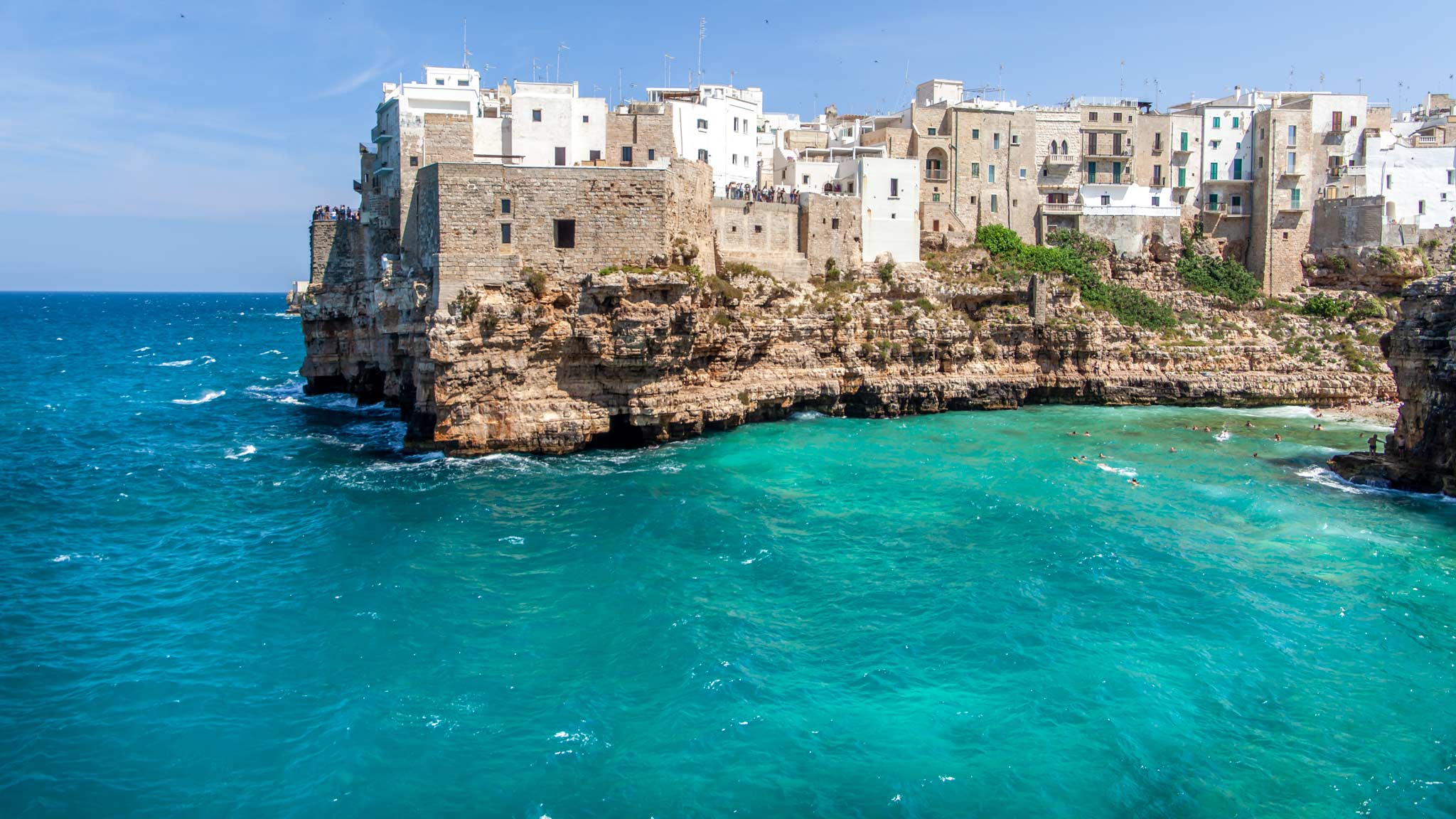
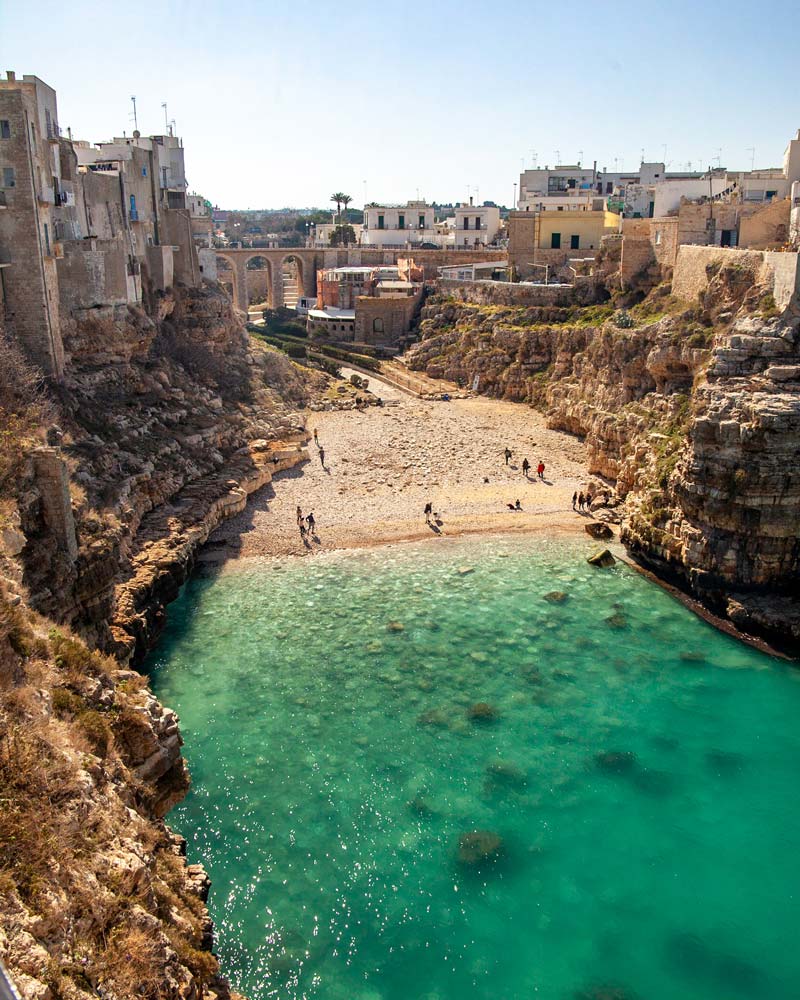
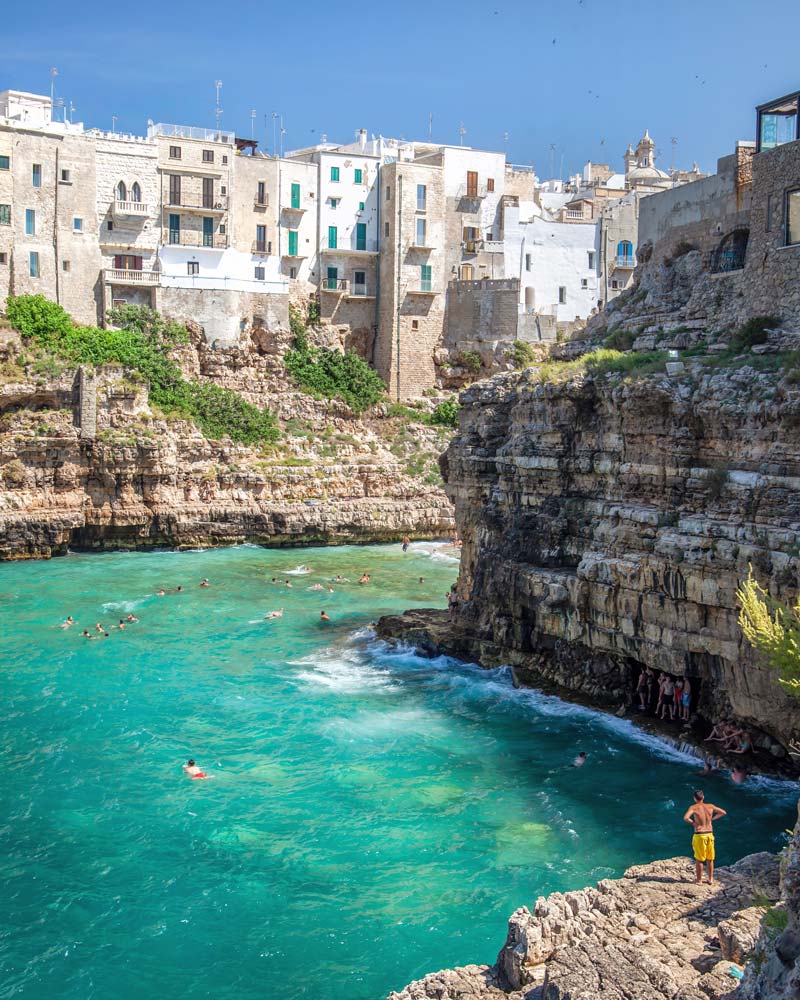

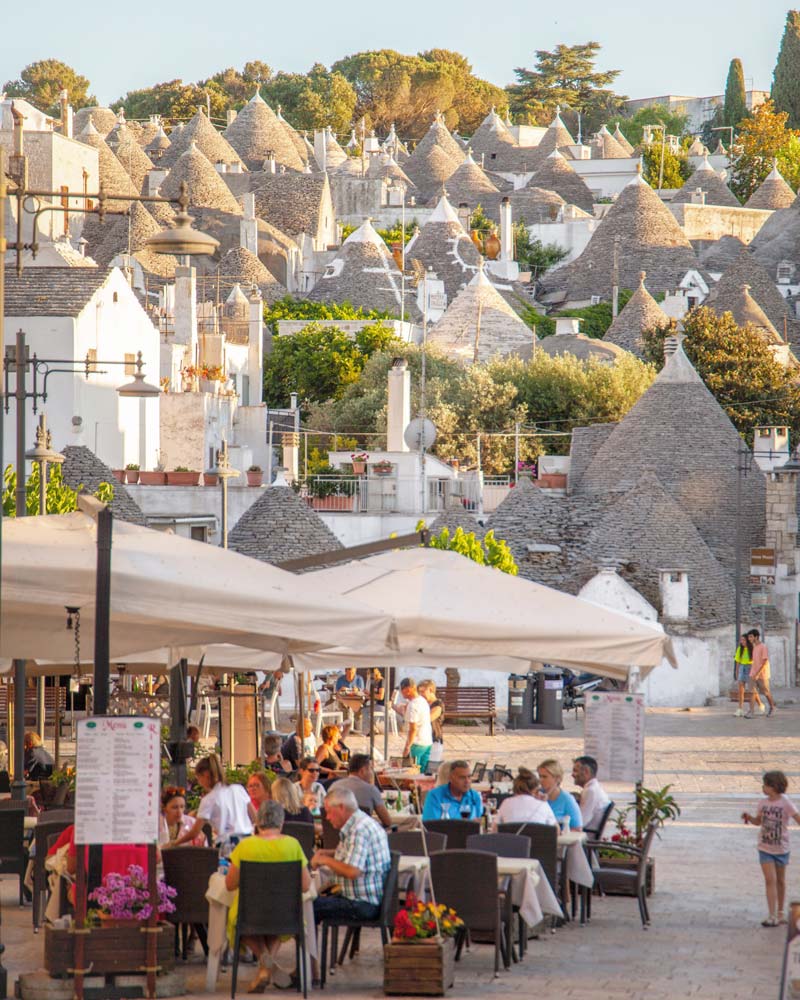

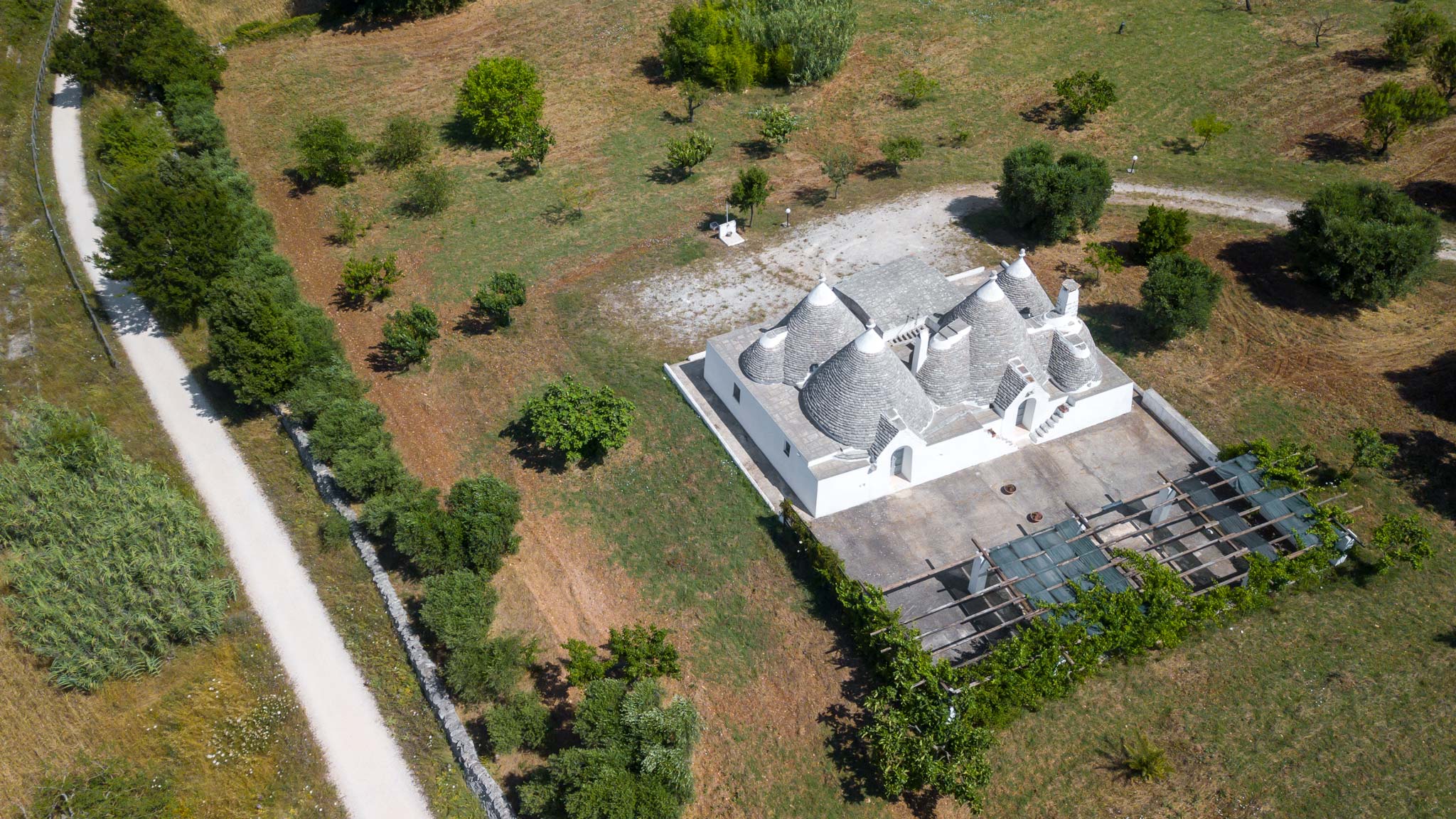
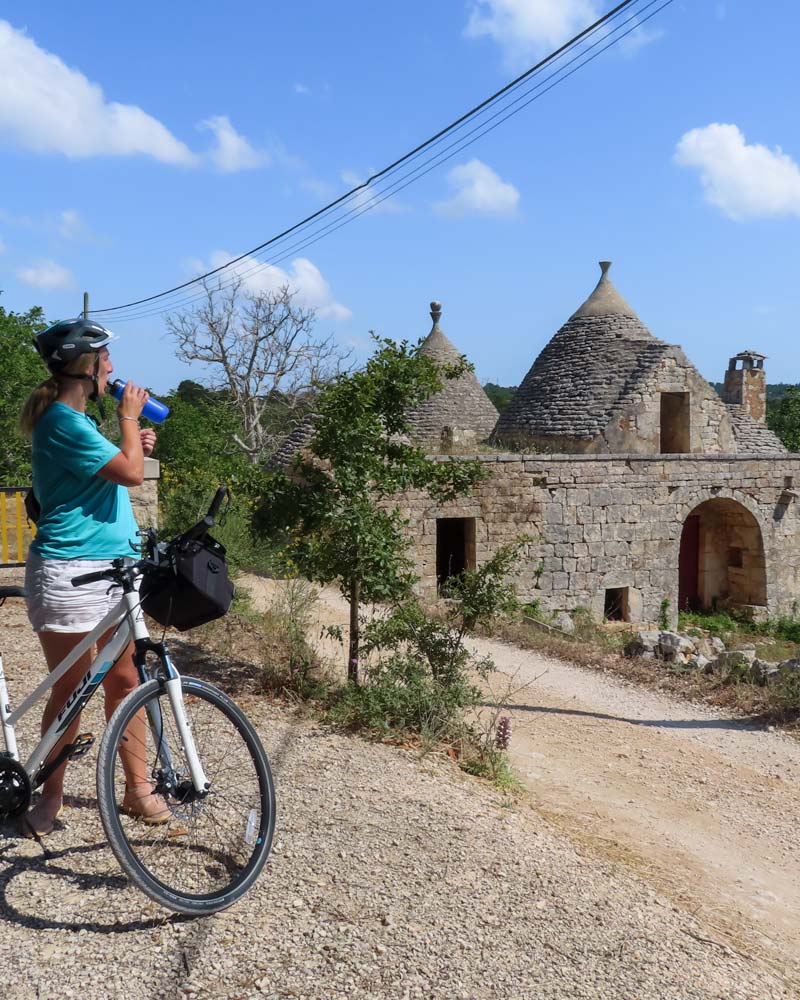


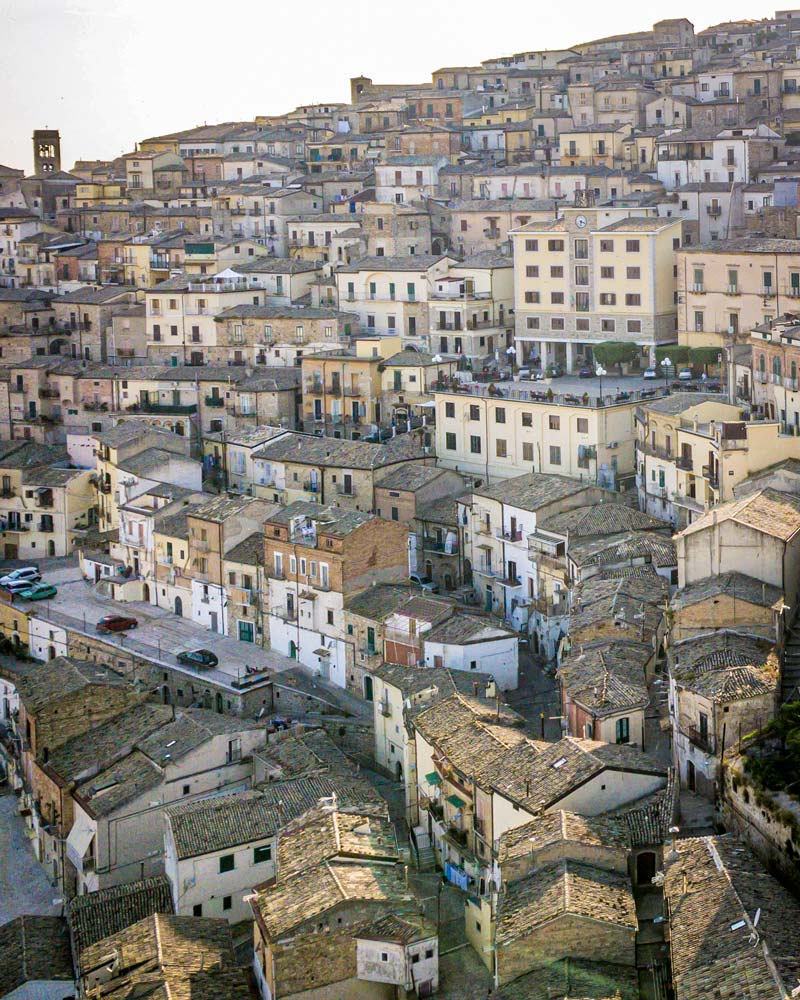
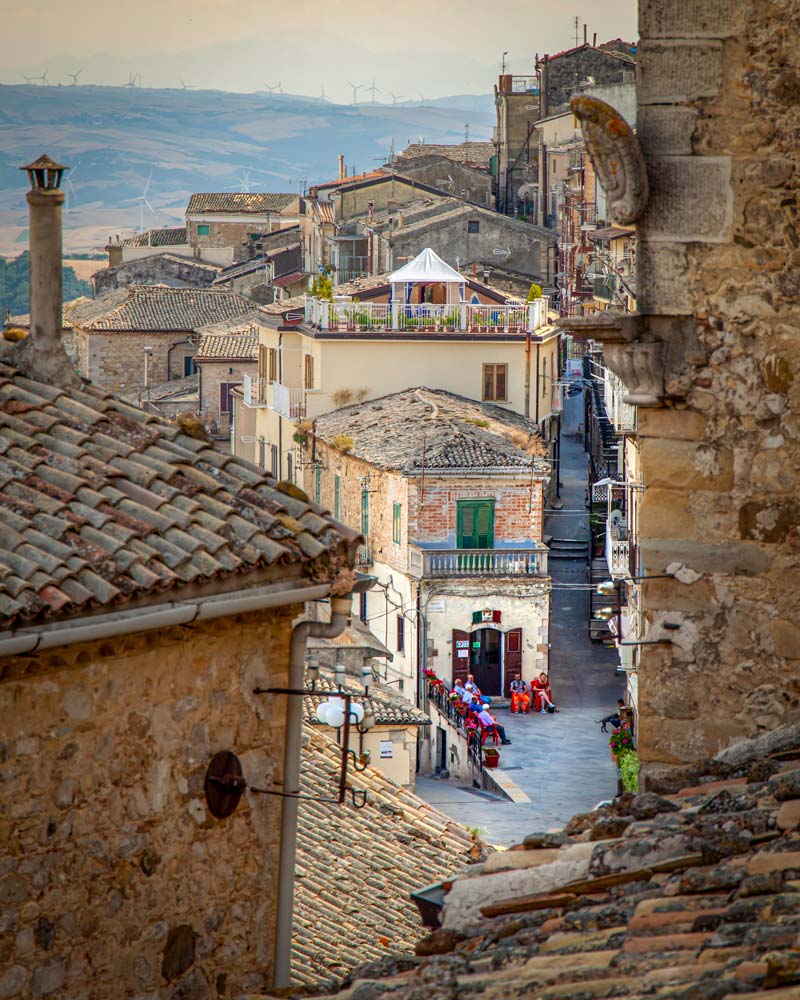
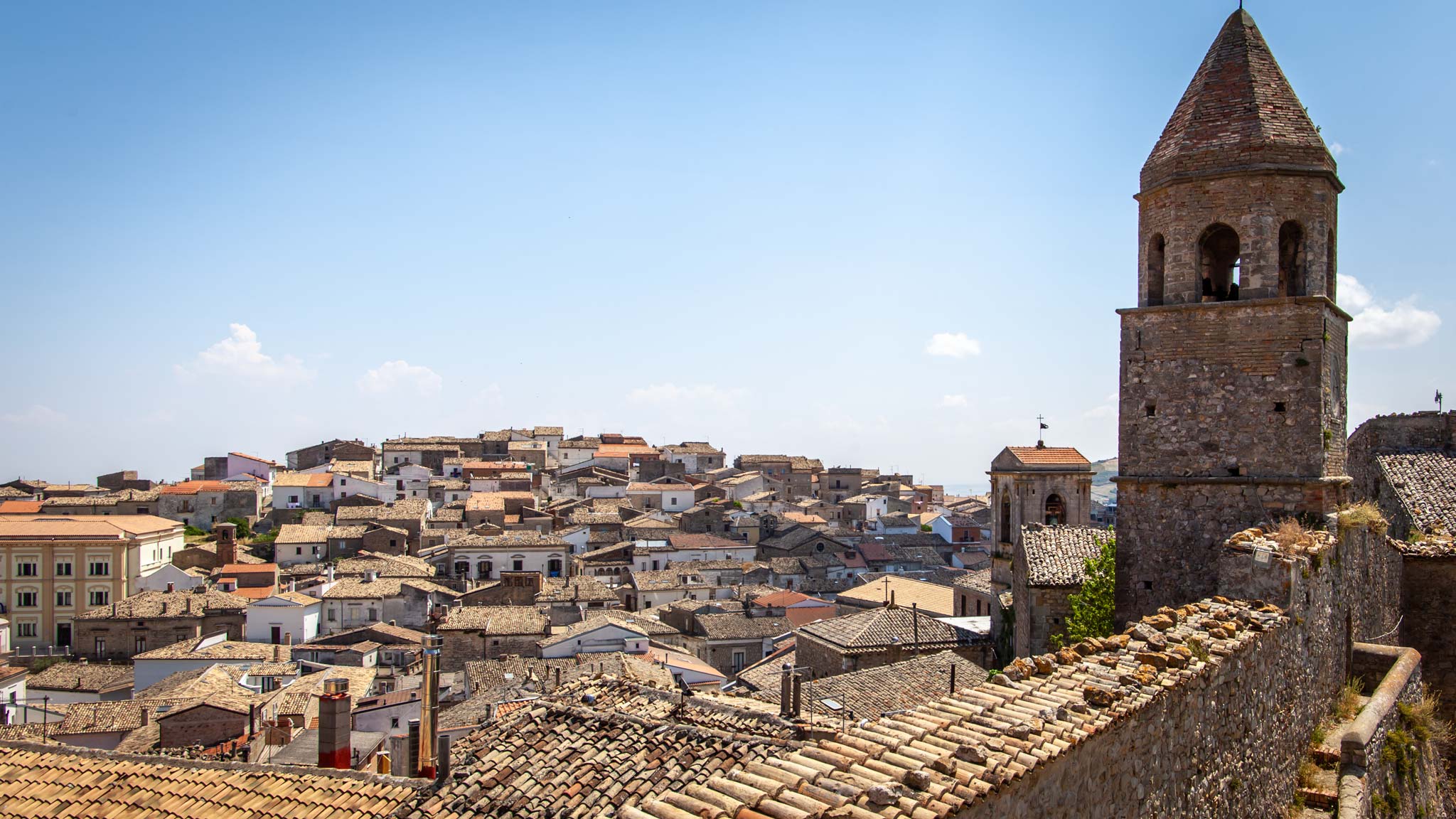

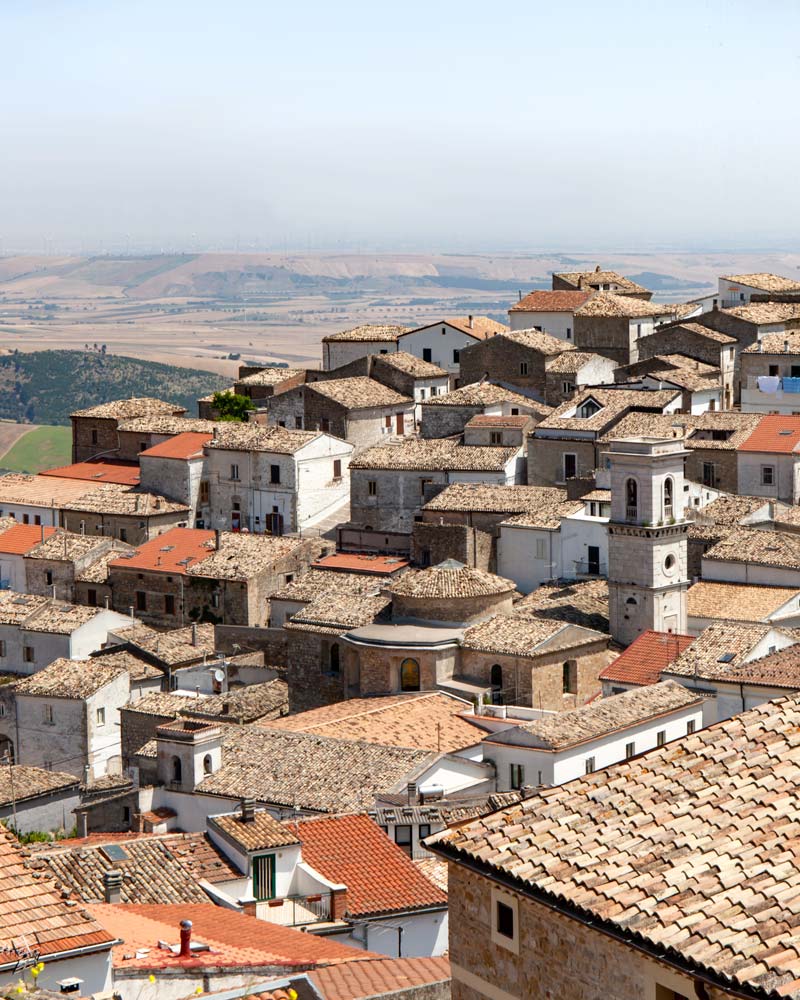

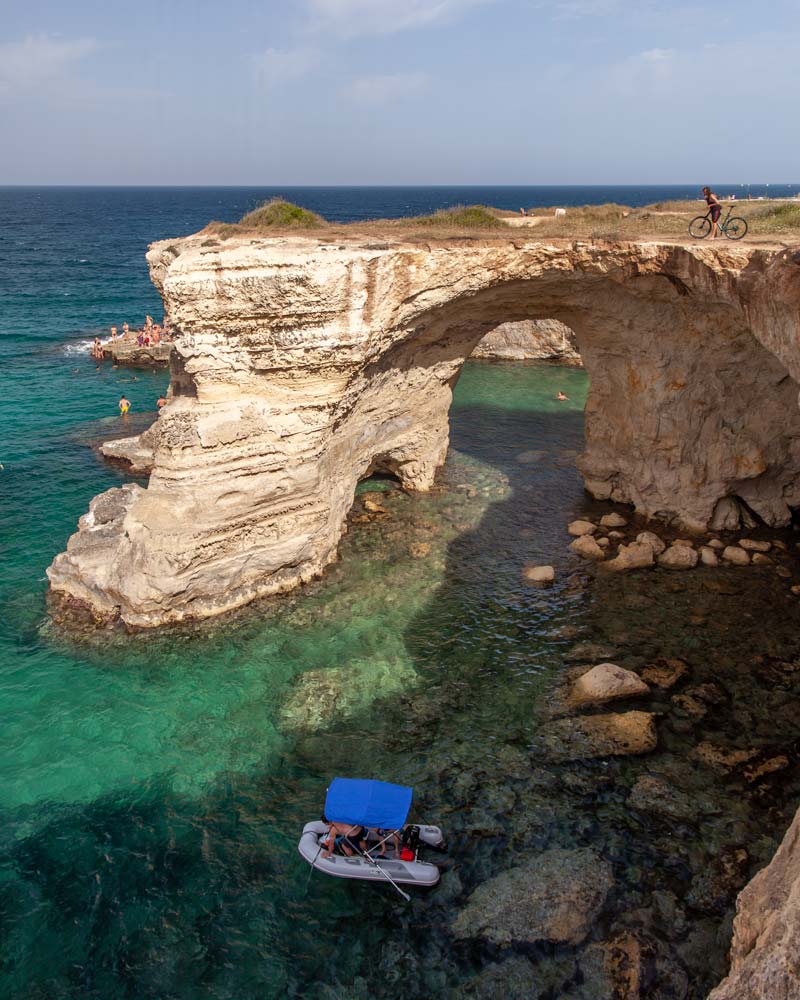
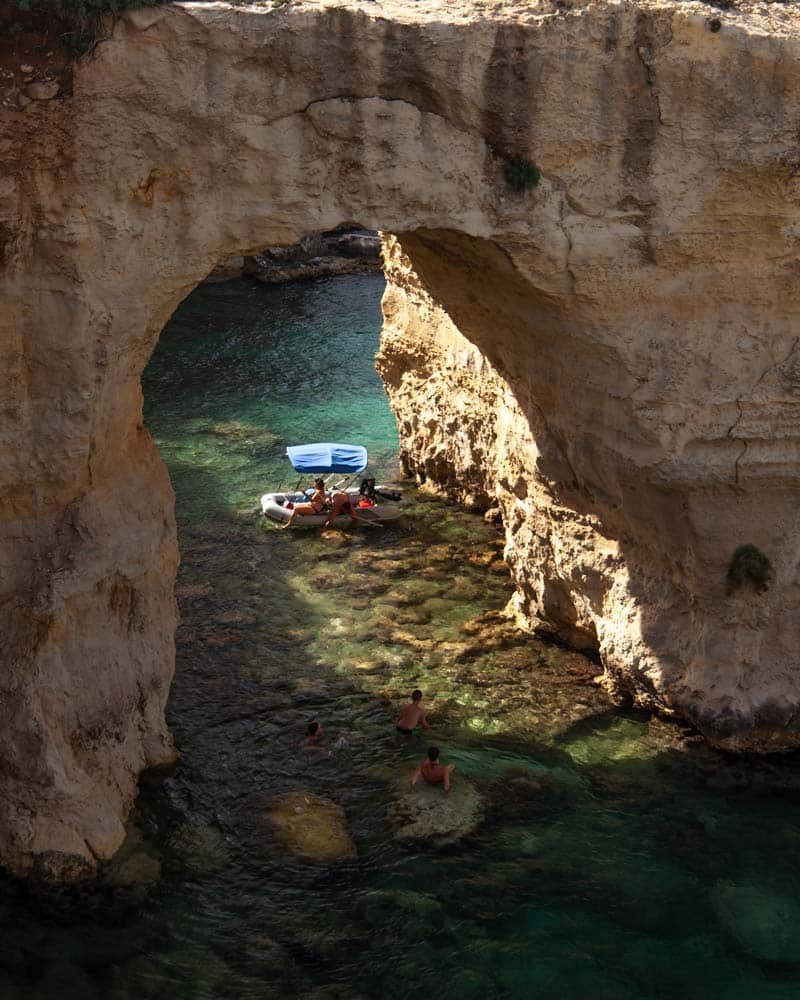
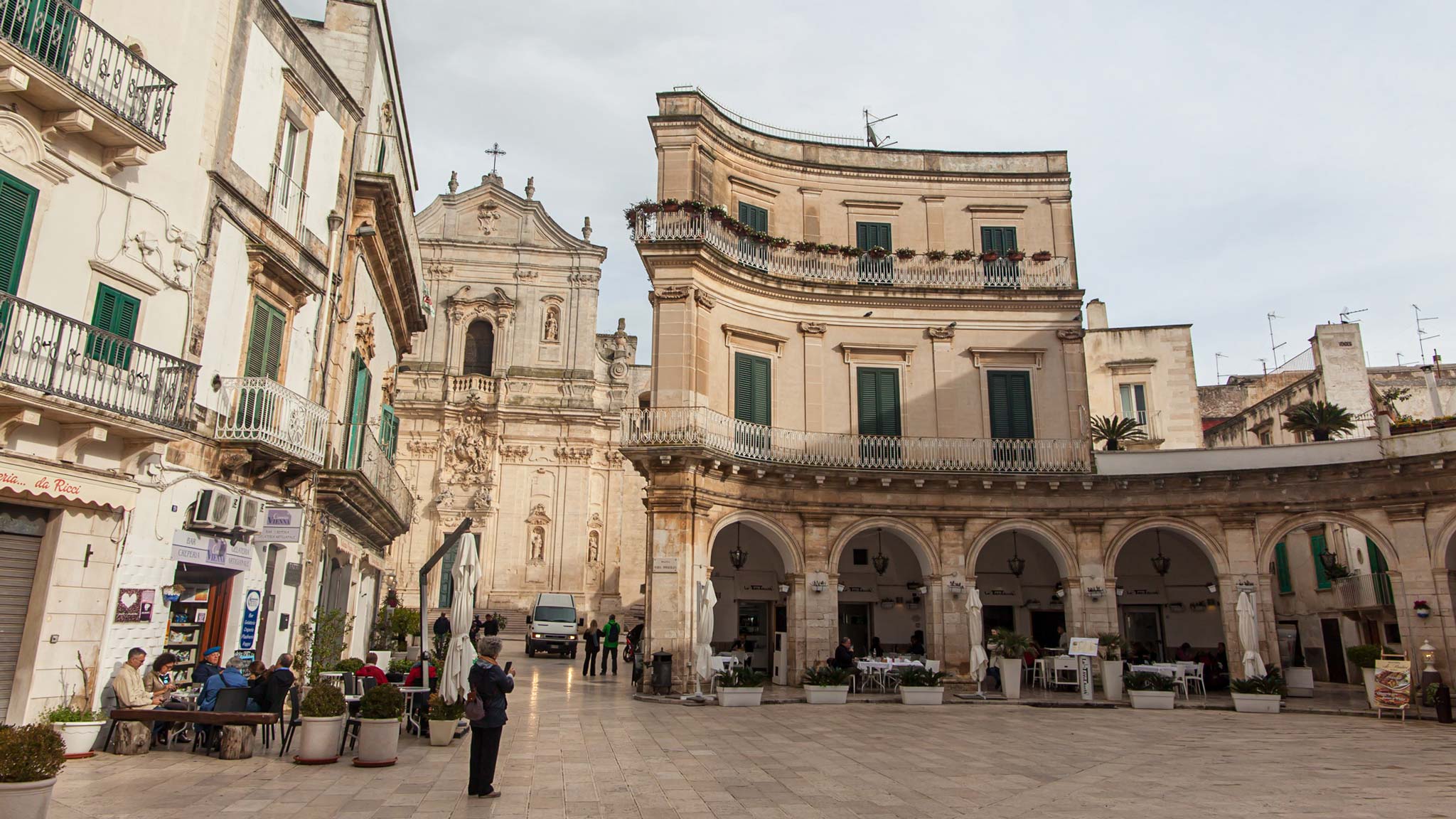
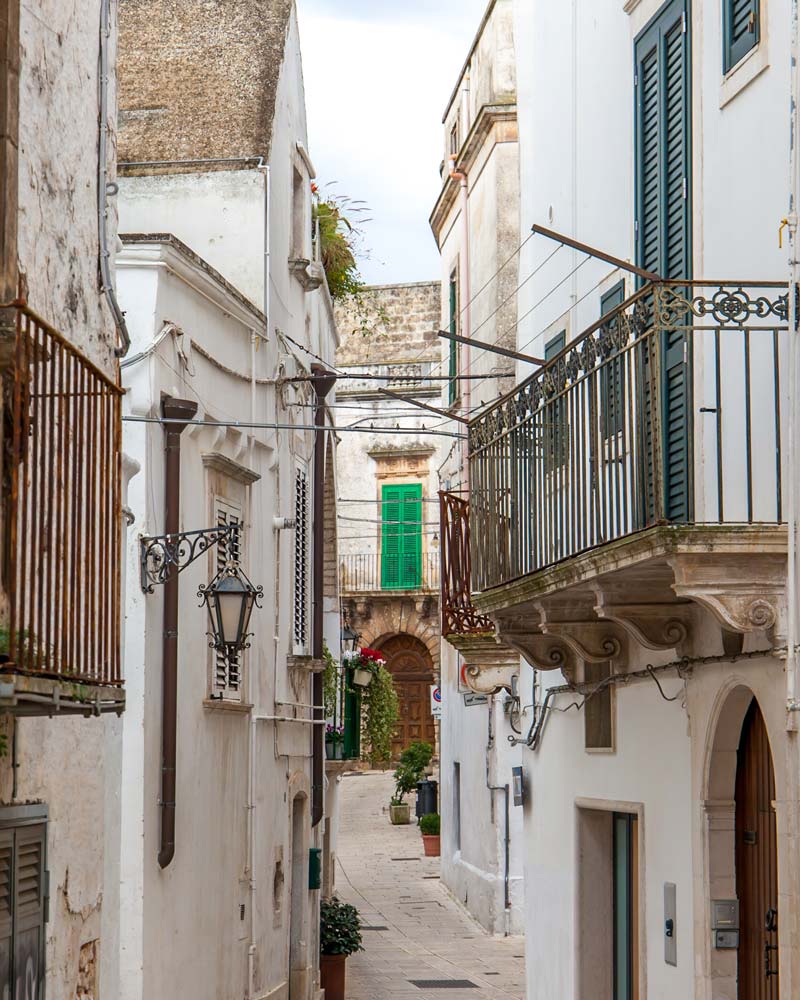
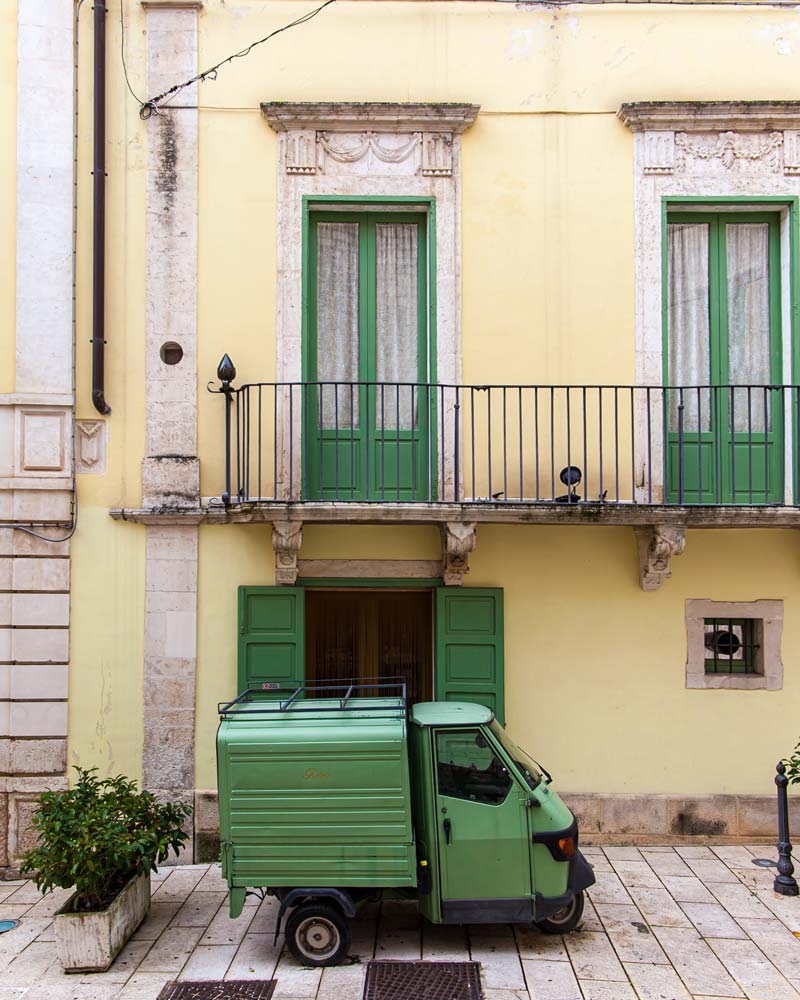



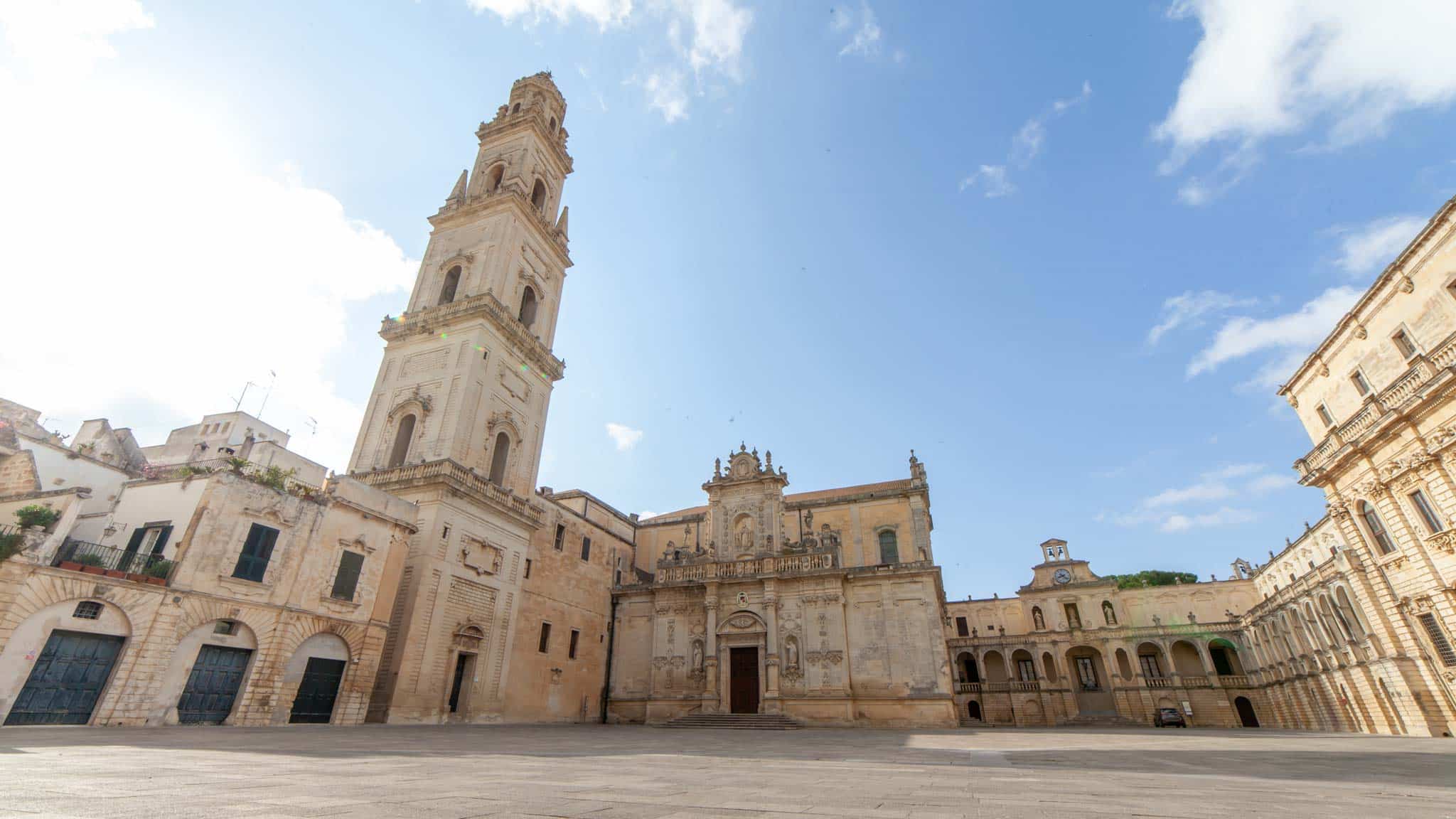

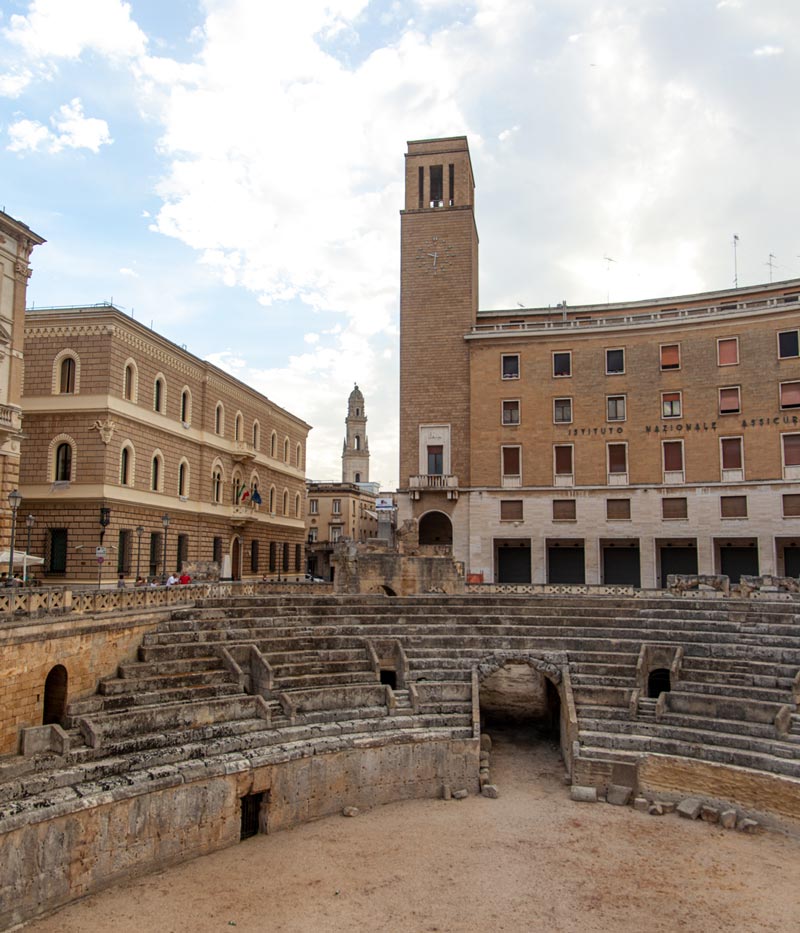

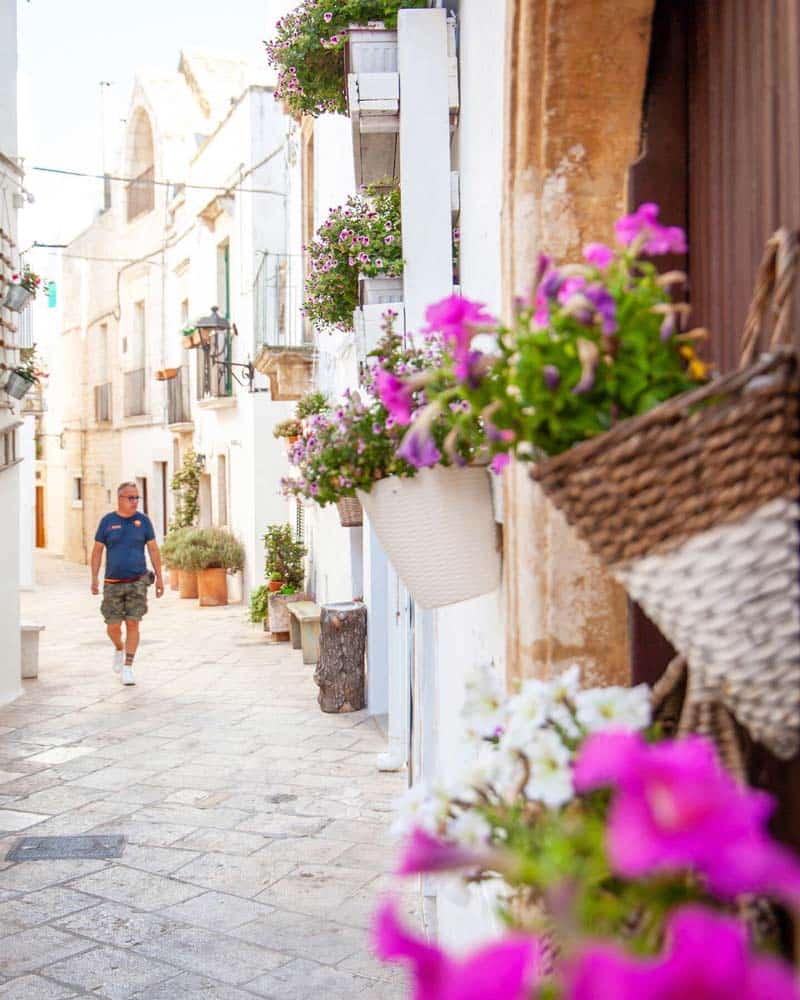
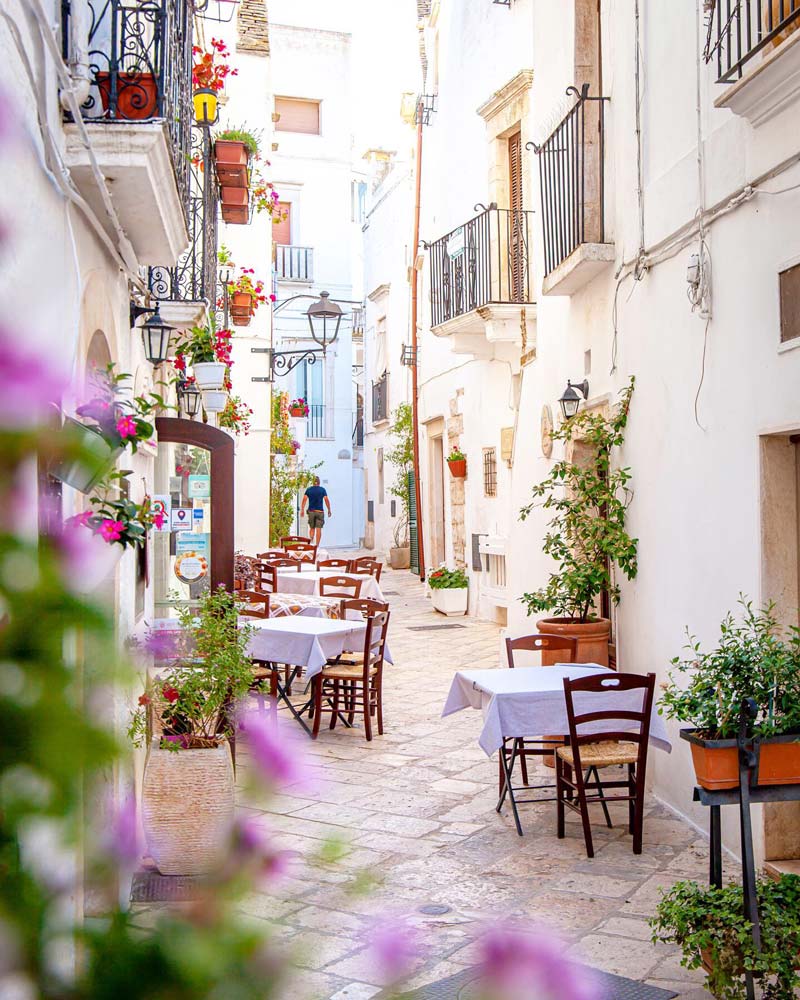
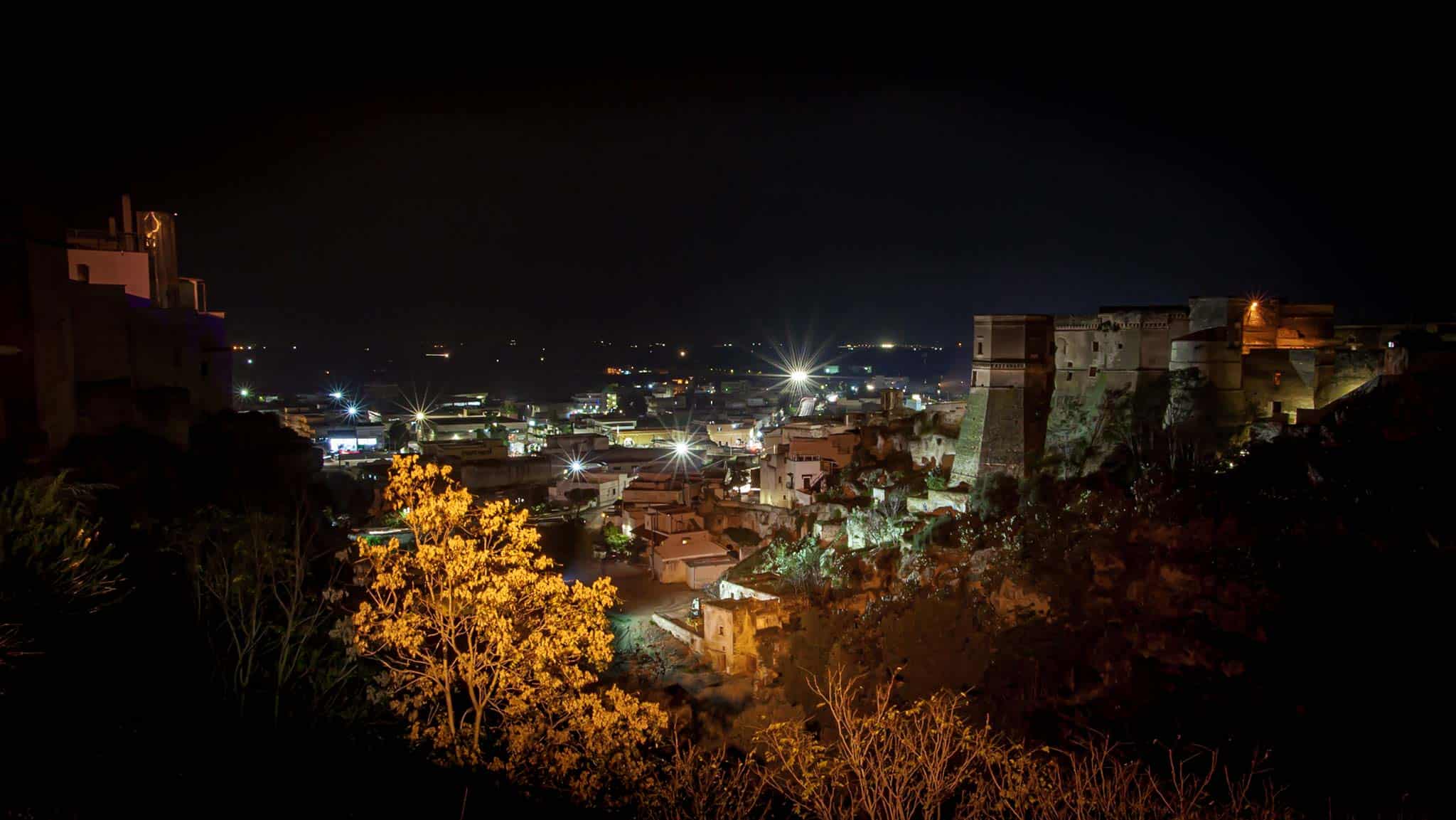
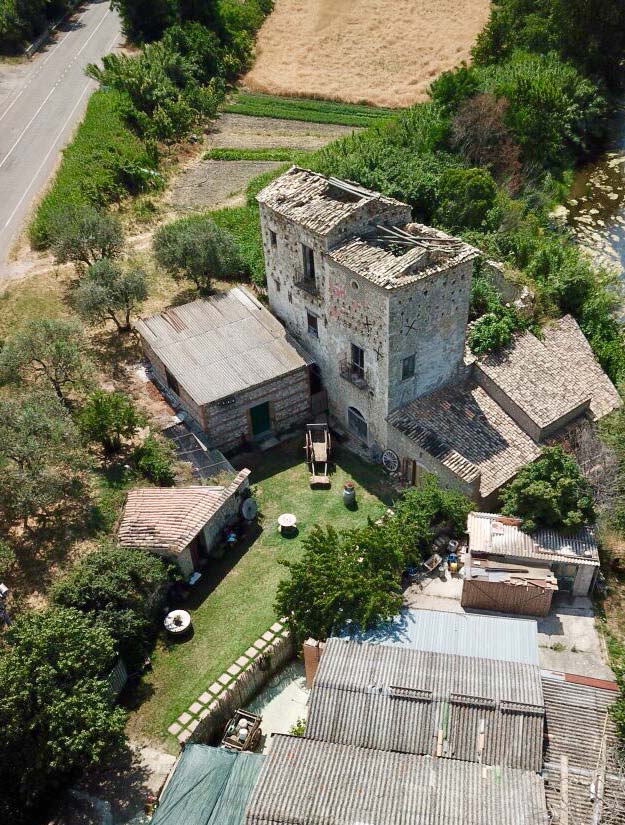


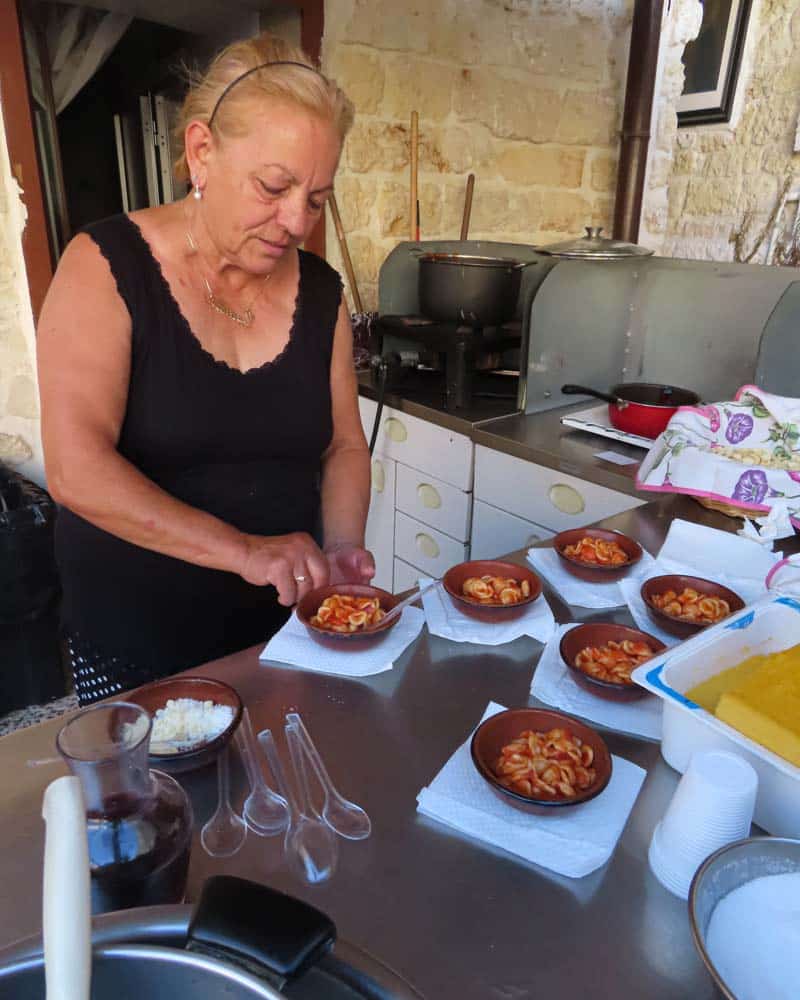
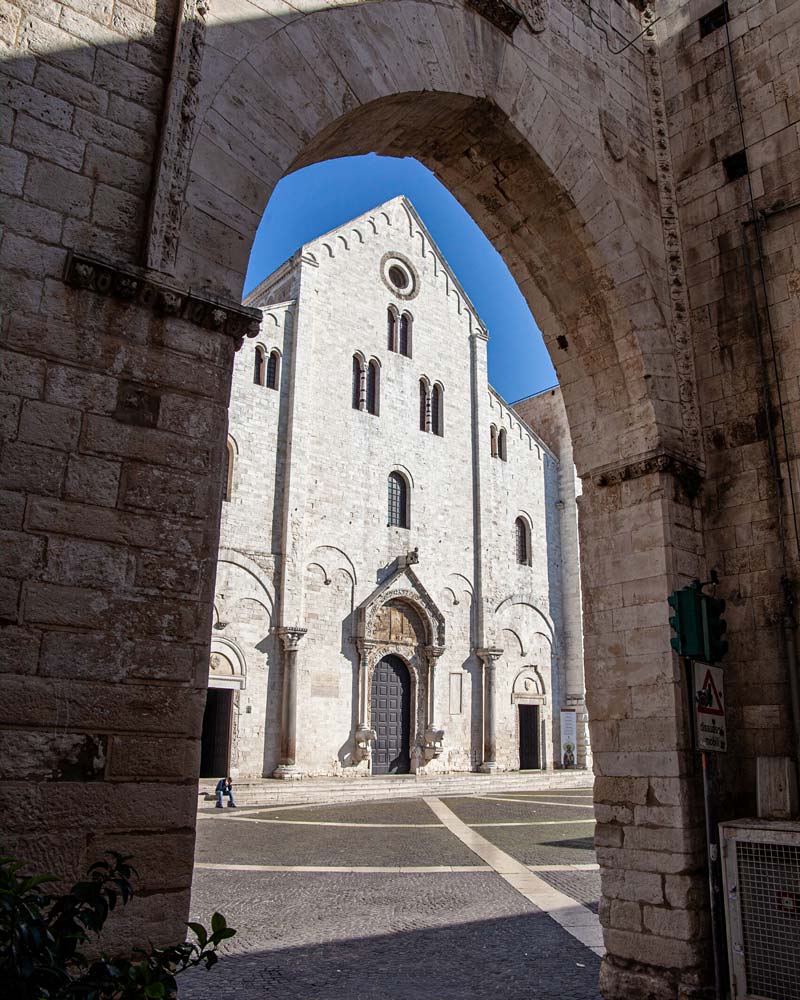
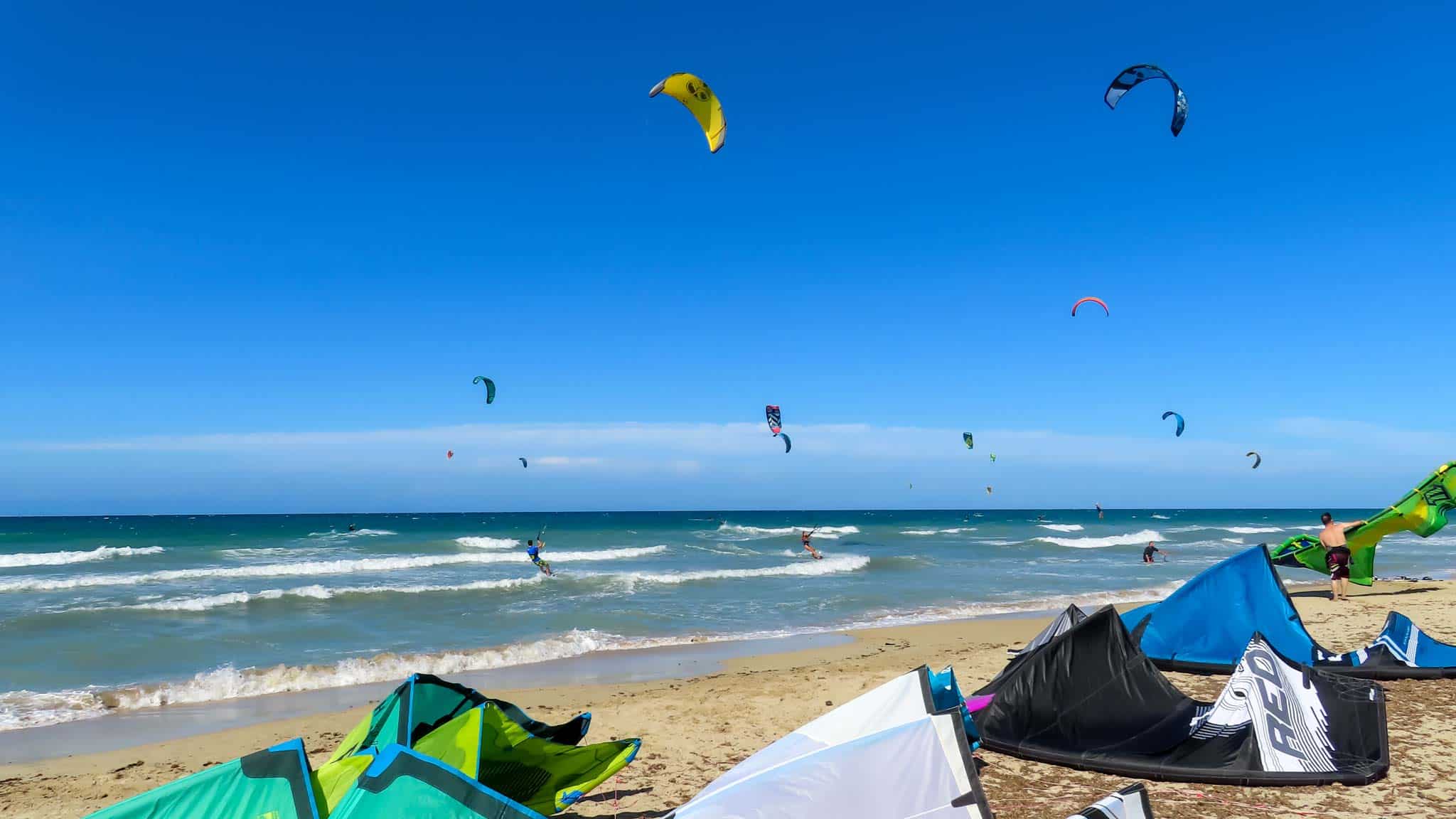
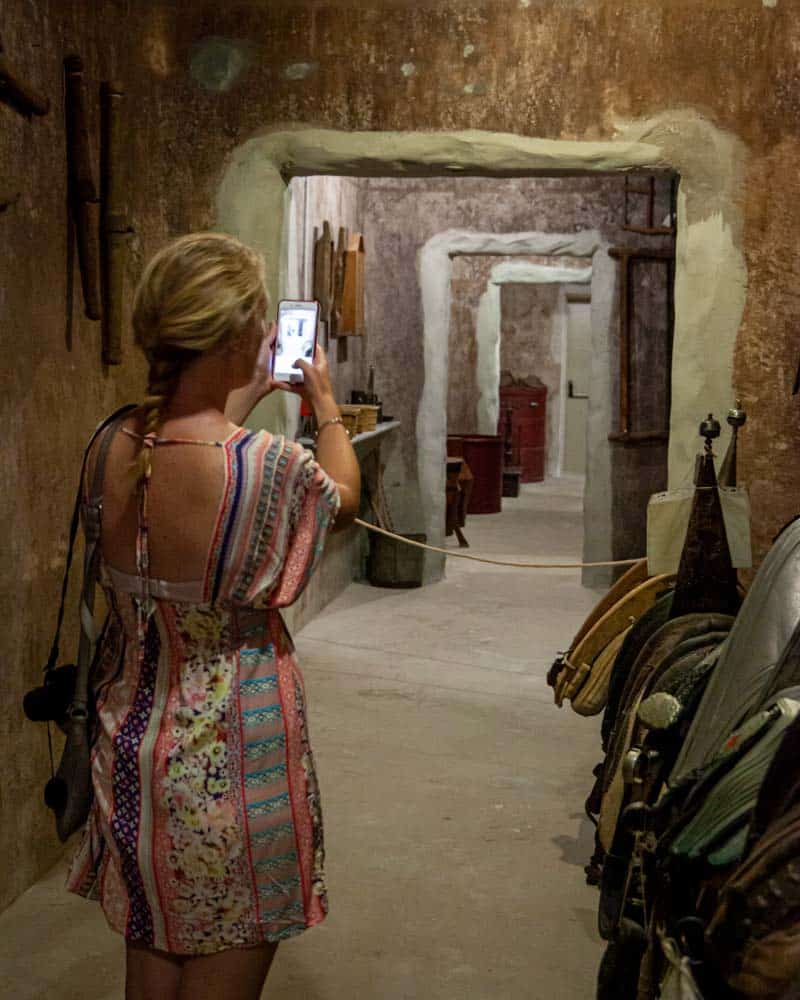
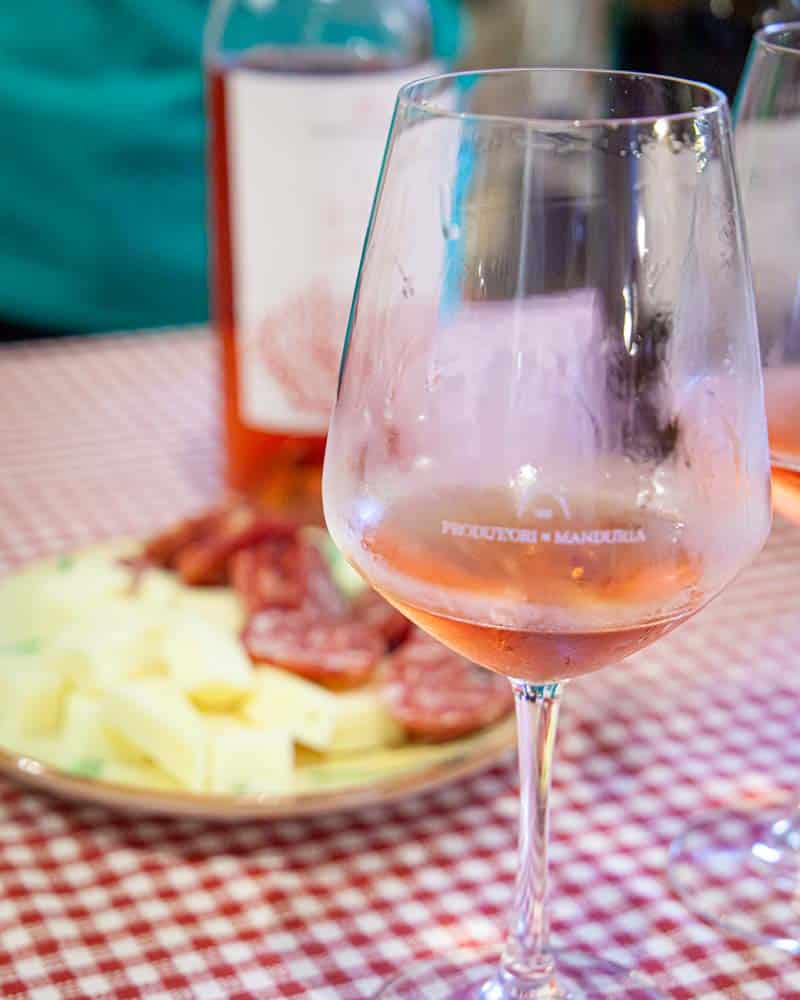

Comments
Post a Comment